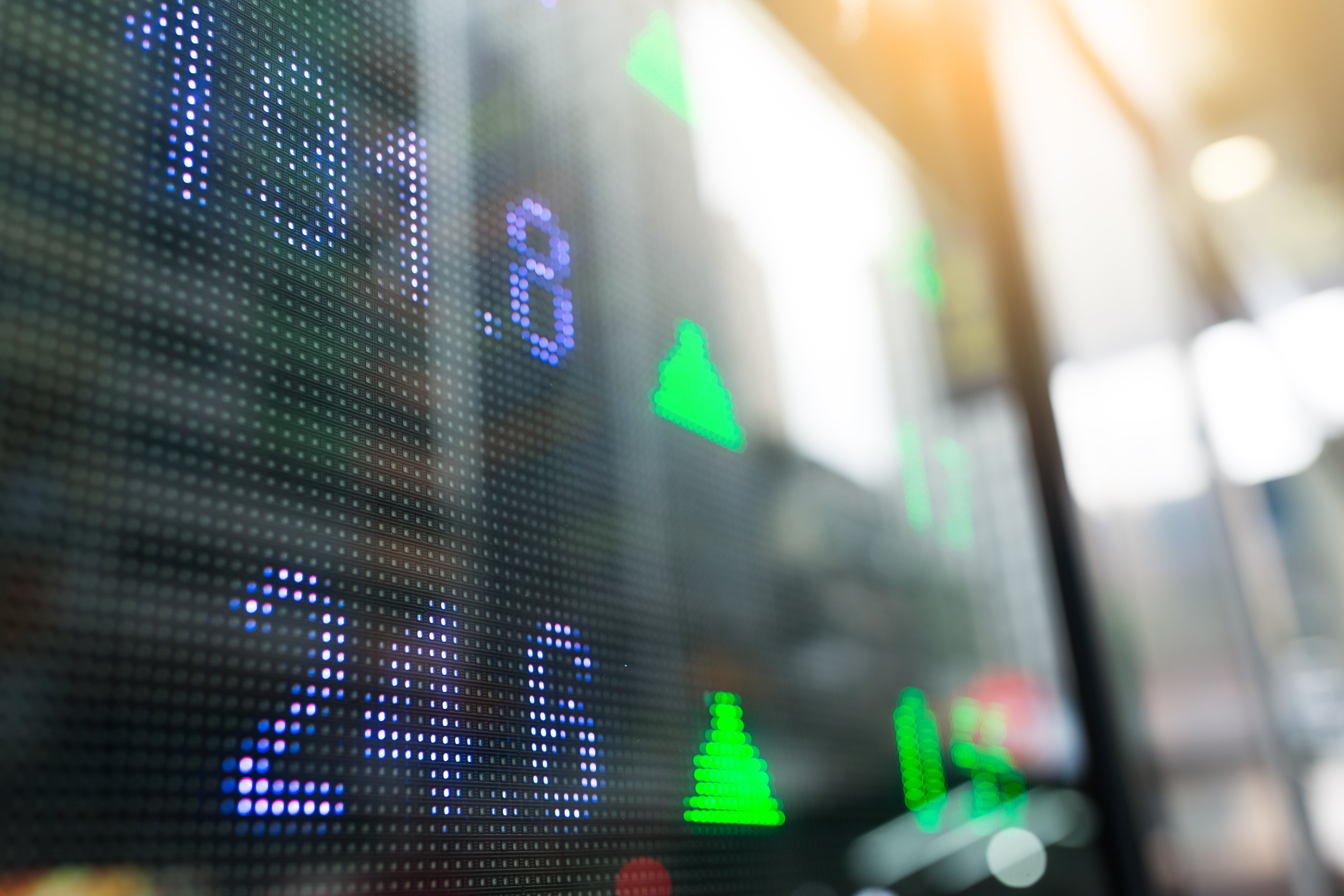A Time to Buy? A Time to Sell?

Contents
You may have heard the adage, “sell in May and go away,” which essentially comes from the poor performance that the markets experience during the summer months. The adage is said to have come from old England, where stockbrokers would leave the cities to vacation in the country and escape the summer heat.
The modern take is illustrated in the chart below, which shows the average five-year price return for the S&P 500 per month, with positive in gray, negatives in red. Note that the returns per month is quite random.

The average price return if you owned stocks over the last five years is 14.6%. If you sold and didn’t come back until September, you would have missed an impressive 6.4% return. Over the last ten years, it was 5.1% out of a total return of 10.6%. Therefore, this is not a good strategy anymore; it's often joked that this is due to the advent of air conditioners, which removed the need for people to leave the cities.
Oddly, as the “sell in May and go away” subsided, the “Santa Claus Rally” recently emerged, which shows that over the last five years stocks experienced 9.8% (or an impressive 68% of their total price return) in the last three months of the year, specifically in the month of November.
Why not double down during the Santa Claus Rally then? Well, quite simply, the theory that “previous returns are no guarantee of future returns” has a stronger body of empirical evidence. Just because it happened before doesn’t mean it is going to happen in the future, and further, just because there is correlation doesn’t mean there is causation. Think about how we chuckle every year when we hear the superstition that predicts how the stock market is going to perform based on who wins the Super Bowl, which oddly enough has a success rate of 72%.
Unfortunately, just like “sell in May” was a statistical anomaly, so is the “Santa Claus Rally.” Since the market goes up over time, some months happen to do better versus others, and some happen to be next to each other. Keep in mind that if you look through enough data, you can eventually find something correlated to something else.
Regardless, it is still an interesting anomaly and may have some roots in human psychology.
As Paul Harvey always said, “Now you know…the rest of the story.”
About the Author

Samuel A. Kiburz, Senior Vice President, Chief Investment Officer
Samuel serves as Senior Vice President, Chief Investment Officer for the Crews family of banks. He manages the individual investment holdings of his clients, including individuals, families, foundations, and institutions throughout the State of Florida. Samuel has been involved in banking since 1996 and has more than 20 years experience working in wealth management.
Investments are not a deposit or other obligation of, or guaranteed by, the bank, are not FDIC insured, not insured by any federal government agency, and are subject to investment risks, including possible loss of principal.

